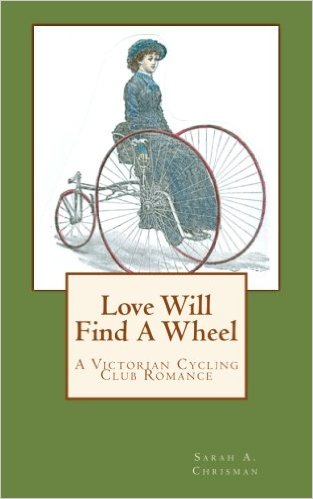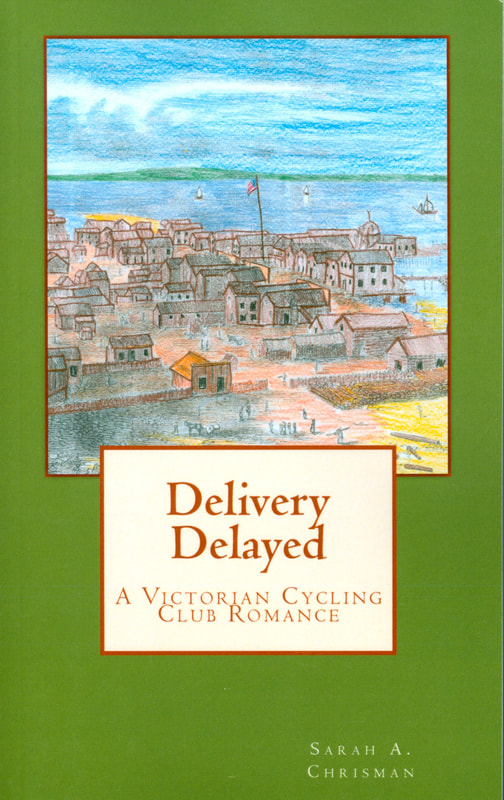There is an immense amount of cultural baggage tied up with the idea of a haunted house, and nearly all of the images first appearing when the phrase is invoked are Victorian in nature. Simply utter the words "haunted house" and the average American mind instantly conjures up a silhouette of a Queen Anne mansion with crumbling gables and a small graveyard to the side, the whole scene backlit by a huge harvest moon. Few would associate the term with a 1950s rambler or a tract house quite so quickly, no matter how many grisly murders had been committed there…
How did such lovely examples of architecture as Victorian houses become associated with dead people who can’t make up their minds about an afterlife? Culturally speaking, much of the ectoplasmic trail can be followed back to the economic depression of the 1930s. At that time, Victorian buildings were seen as white elephants: embarrassing remembrances of a more affluent time. No one could afford their upkeep any longer and they were thus left to rot and become infested by unpleasant creatures making frightening sounds in the dark. As disenfranchised people wandered the country looking for work and scraping for food, they hated these empty reminders of an ancestral prosperity and dignity now lost, with their broken windows that leered like the disapproving eyes of the dead. The New Yorker cartoonist Charles Addams illustrated the spirit of that discomfort in his Addams Family drawings, macabre caricatures of ghoulish creatures living amid decayed Victorian settings. In doing so, he cemented these images in the American subconscious for decades to come. It can be quite interesting to see how modern purveyors of the macabre take advantage of this permeating connection lingering in our minds…" --This Victorian Life, Sarah A. Chrisman





 RSS Feed
RSS Feed